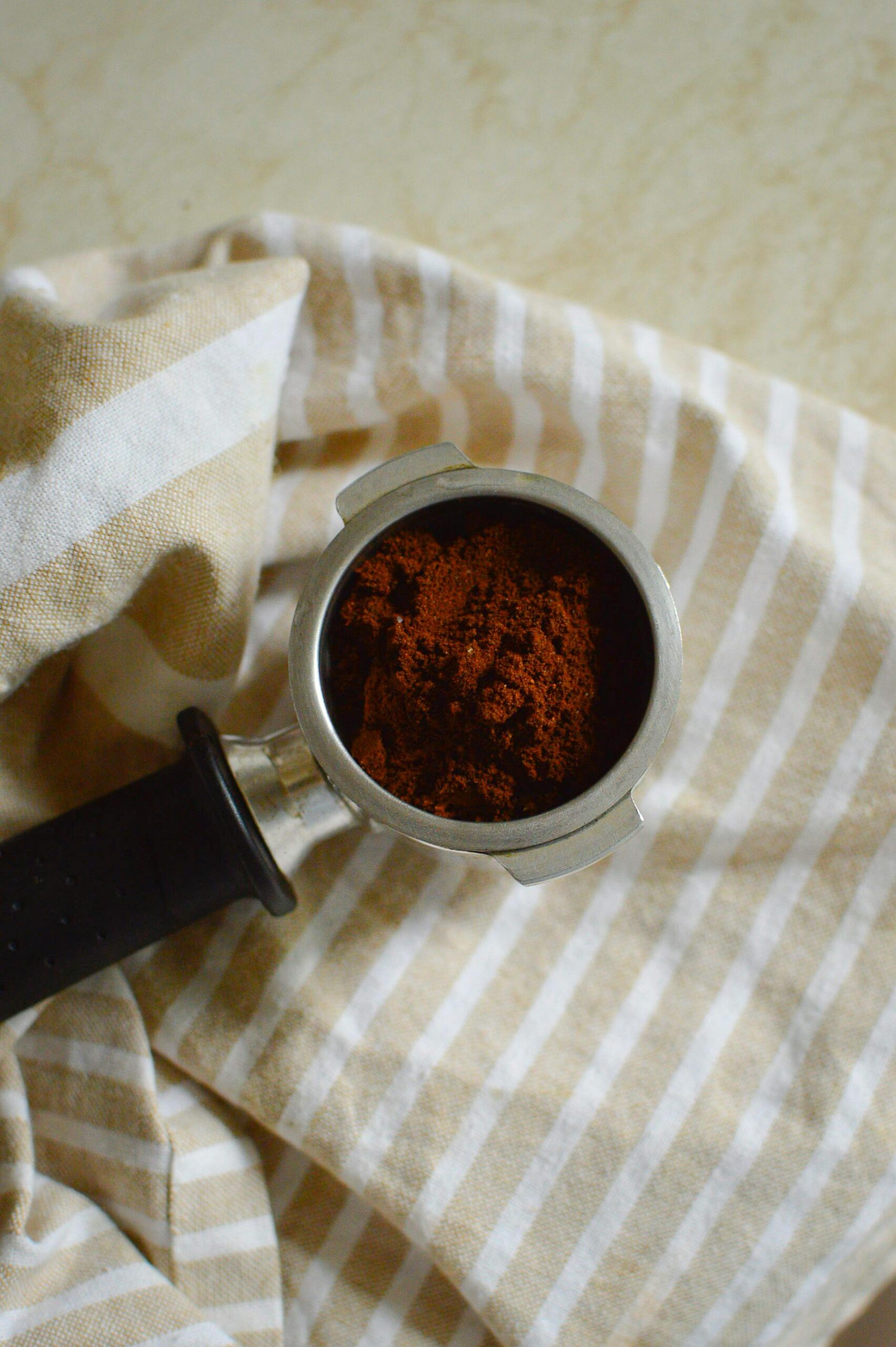
Whether you’re a coffee lover or compost enthusiast, you’ve probably heard the buzz about composting coffee grounds. It’s a topic brewing with potential and good news – your morning coffee routine could bring so many benefits to your garden. Let’s dive deep into the world of composting, where your used grounds could lead to huge plants and rich soil.
What is Compost
Compost is a nutrient-rich soil amendment created from the decomposition of organic materials like leaves, vegetable scraps, and food waste. Through a natural process involving microorganisms, worms, and fungi, these materials break down into a dark, crumbly substance that enriches soil, aids in water retention, and supports plant growth. It’s an eco-friendly way to recycle kitchen and garden waste, turning it into valuable food for your garden.
Why Should You Compost In The First Place
You should compost because it’s an effective way to reduce food waste, cut down on landfill contributions, and recycle nutrients back into the soil. Composting converts organic material into rich soil amendment, improving soil health, aiding plant growth, and reducing the need for chemical fertilizers. Plus, it’s a simple, sustainable practice that benefits the environment by reducing greenhouse gas emissions from decomposing waste.
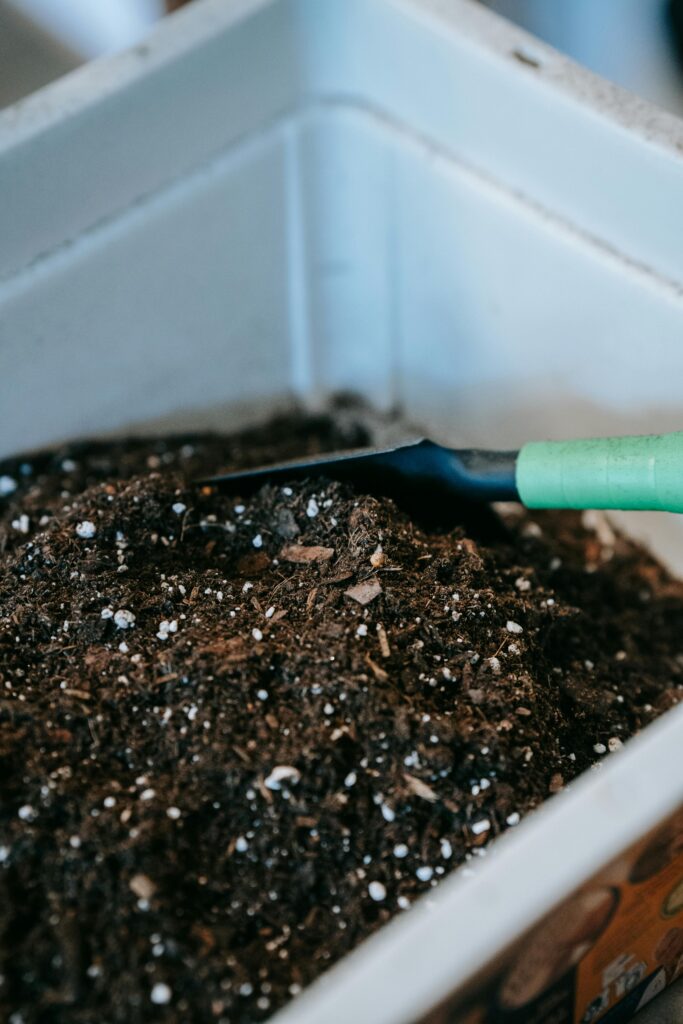
Why Add Coffee Grounds to Your Compost
Whether you’re a regular at your local coffee shop or you brew your own at home, chances are you end up with a good amount of spent coffee grounds. Before you consider them as mere food waste, think again. These old coffee grounds are a gold mine for composting.
Coffee grounds are considered green compost material, which may seem counterintuitive given their color. However, in the world of composting, ‘green’ refers to nitrogen-rich organic matter, and boy, do coffee grounds have plenty of nitrogen! They add much-needed energy for the beneficial microbes that break down the organic material in your compost bin.
Suggested: Does Coffee Go Bad?
Supplies to Compost Coffee Grounds at Home
Composting coffee grounds at home is a straightforward process that doesn’t require a lot of fancy supplies. Here’s a list of basic supplies you’ll need to start composting your coffee grounds:
- Compost Bin or Tumbler: Choose a bin that suits the size of your garden and the amount of compost you plan to make. Suggested: The Best Compost Bins.
- Airtight Container: A small kitchen container with a lid to store your coffee grounds until you transfer them to the compost bin.
- Brown Materials: Such as leaves, straw, wood chips, or cardboard, to balance the nitrogen-rich coffee grounds.
- Garden Fork or Compost Aerator: To turn and aerate the compost, which helps speed up the decomposition process.
- Watering Can or Hose: Keeping your compost pile moist is crucial, as moisture is necessary for the composting process.
- Gloves: To protect your hands when handling compost materials.
- Balance of Kitchen Scraps: Include fruit and vegetable peels, eggshells, and other green compost materials to add more nutrients.
- Bucket or Pail: Useful for transporting coffee grounds and other compost materials from your kitchen to the compost bin.
With these supplies on hand, you’re all set to start composting your coffee grounds and contributing to a healthier garden and planet!
Adding Coffee Grounds to Your Compost
When adding coffee grounds to your compost heap, balance is key. Think of your compost pile as a gourmet dish that needs a balance of ingredients. Coffee grounds (green materials) should be mixed with brown materials (like dry leaves, wood chips, or paper filters) to create a harmonious environment for composting. A thin layer of coffee grounds can be alternated with brown materials to ensure proper air flow and prevent matting.
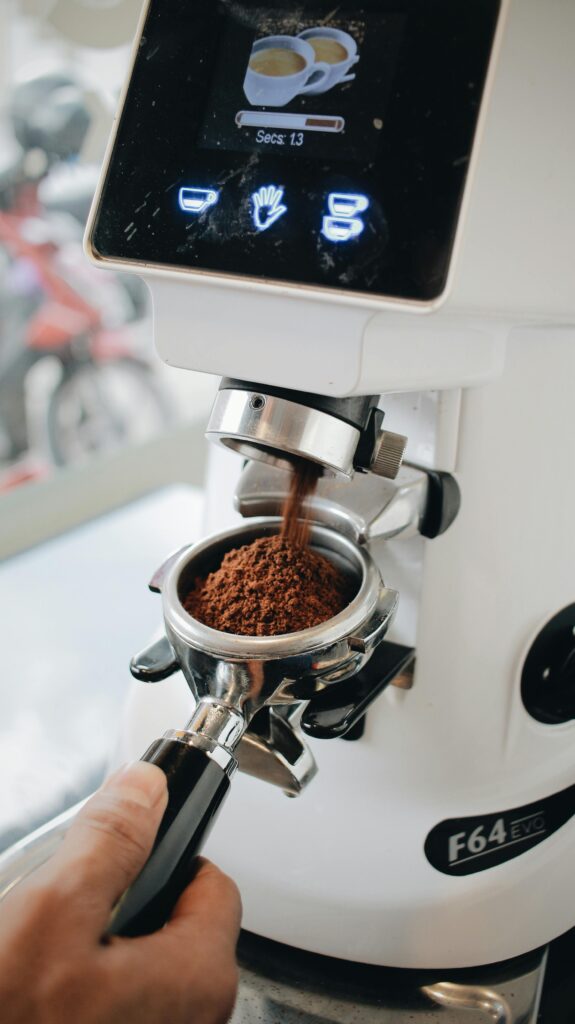
How Do Coffee Grounds Help Compost
Using coffee grounds in compost is an excellent way to recycle this abundant organic material. Once they’re broken down, they provide a rich soil amendment that can enhance water retention and soil structure. They also encourage the growth of more beneficial microbes, which are essential for healthy plant growth.
But wait, there’s more! Coffee grounds can also be a treat for your worm bin. Worms are quite the coffee enthusiasts themselves and will thrive on the grounds you add, resulting in even richer compost.
Paper Coffee Filters: Can They Also Be Composted?
What about paper coffee filters, you ask? Yes, they can be tossed in the compost bin along with the grounds. Paper filters are a form of brown compost material and can help balance out the nitrogen content of the coffee grounds.
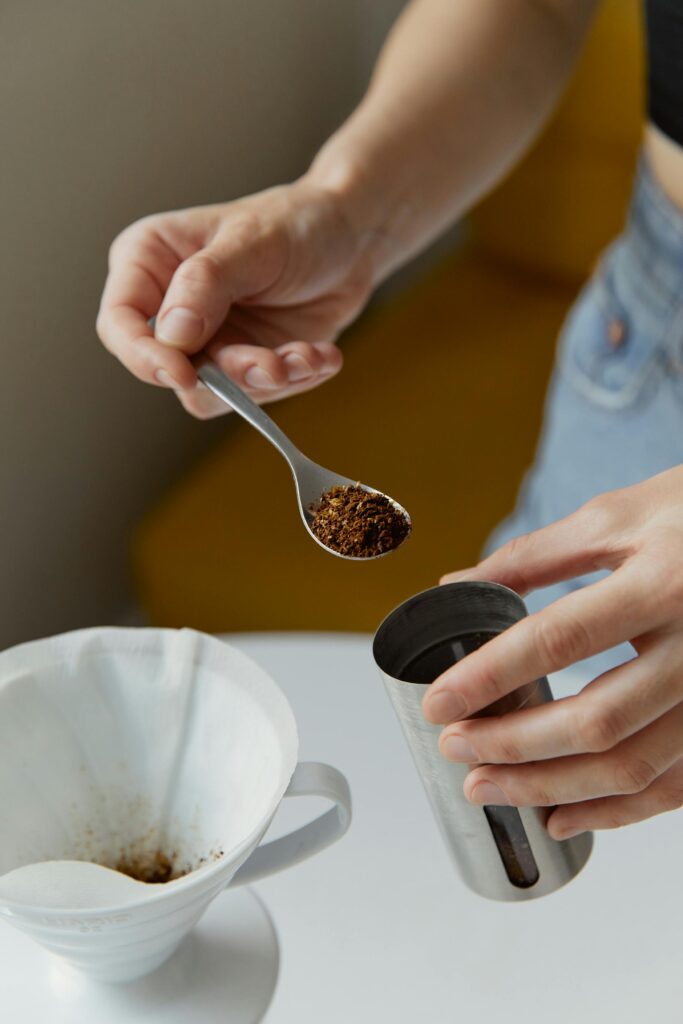
Adding Other Coffee Items to Your Compost Bin
Adding other coffee-related items to your compost bin is not only possible, it’s a great way to recycle and enrich your compost with a variety of nutrients. Here’s a quick guide on what you can add:
- Coffee Pods: Many coffee pods are now made to be compostable. Just be sure they’re labeled as such; otherwise, they might not break down and could contaminate your compost.
- Coffee Bags: Some coffee bags are made from compostable materials. Check the packaging for compostability before adding them to your pile.
- Coffee Chaff: This is the husk of the coffee bean that comes off during the roasting process. It’s a fantastic addition to compost as it’s lightweight and breaks down quickly.
- Unbrewed Coffee Grounds: If you have fresh grounds that you didn’t use, they can be composted as well. They’re a bit more acidic than used grounds, so use them sparingly.
- Tea Bags: Similar to coffee filters, many tea bags are compostable. Just remove any staples or non-compostable parts first.
Remember, when adding coffee items to your compost, maintain a balance with other materials to ensure proper decomposition and to create rich, nutritious compost for your plants.
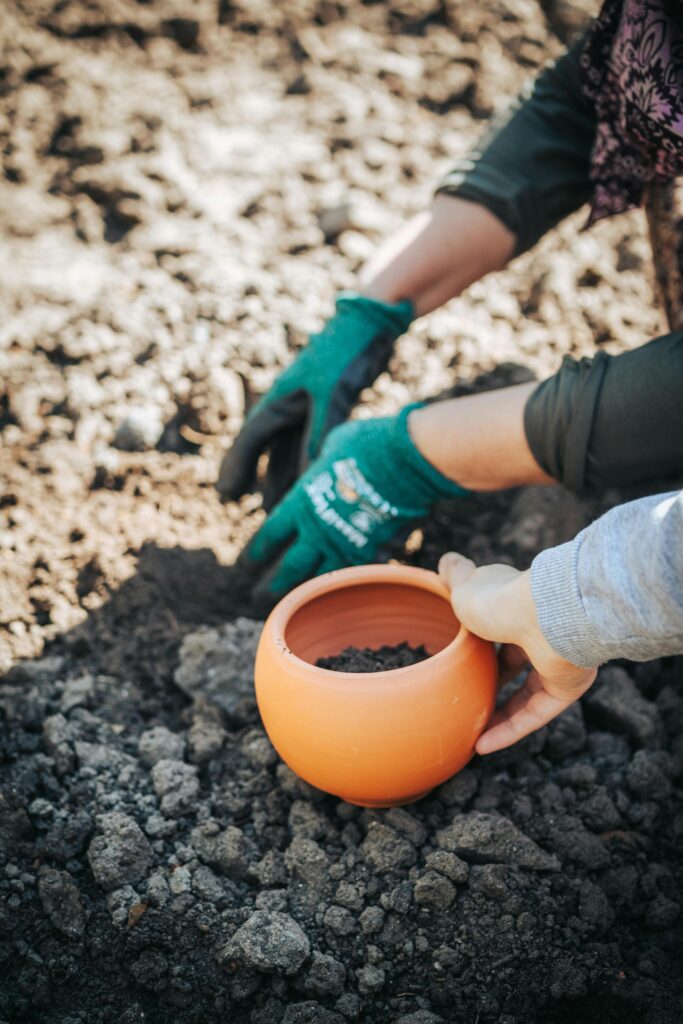
How To Use Coffee Grounds in Your Garden
Perfect for Acid-Loving Plants
You might have heard that coffee grounds can lower soil pH, making them perfect for acid-loving plants. Well, a bit of foreshadowing here: while fresh coffee grounds are indeed acidic, used coffee grounds are mostly pH neutral. However, they still can be a good thing for plants like hydrangeas, azaleas, and blueberries.
Using Coffee Grounds Directly on Soil
If you’re not into composting, you can still use coffee grounds in the garden. Sprinkling a small amount of used grounds on top of the soil can act as a light nitrogen fertilizer and a natural way to deter garden pests. But beware of adding too much caffeine to the mix, as a large number of coffee grounds can inhibit plant growth.
Where To Get Coffee Grounds For Your Garden
Coffee shops, especially your local coffee house, can be a great source of free coffee grounds. Many are more than happy to give away spent grounds to the good folks keen on composting. Keep a gallon bucket with a lid under your sink or a small container on your countertop as an easy way to collect your daily coffee waste.
My Own Experiment: A Test with Coffee Grounds
As a gardening and plant fanatic, I conducted my own experiment. I compared the germination rates and plant growth in plots with and without coffee grounds. The results? Coffee grounds, when used in moderation, contributed to a noticeable improvement in soil quality and plant vigor. Dr. Linda Chalker-Scott, a caffeine informer from the world of horticulture, also supports the use of coffee grounds as a rich soil amendment, but with caution against anecdotal evidence that suggests they can solve all garden woes.
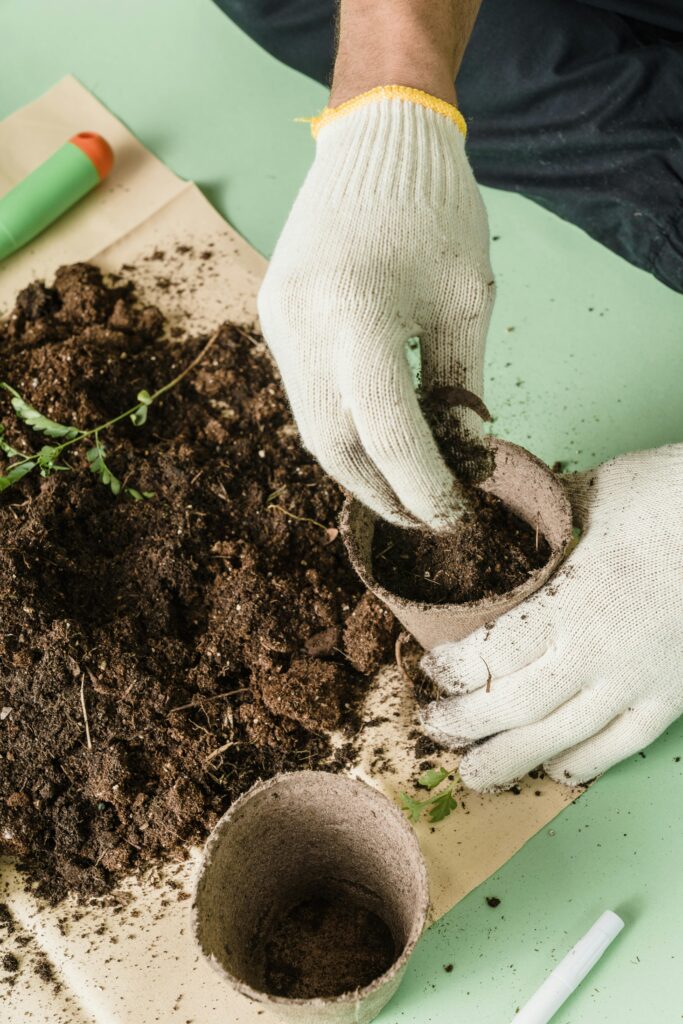
Final Thoughts
There you have it, Rural Sprout readers and green composting enthusiasts. Whether it’s from your morning coffee ritual or the local coffee shop, used grounds can be a fantastic addition to your compost heap. They’re an excellent source of nitrogen and a great way to add organic material to your compost bin. Just remember, like all good things, they should be used in moderation and balanced with plenty of brown materials.
So go on, give your garden soil a little pick-me-up with this easy and environmentally friendly practice. And who knows? Your next cup of joe could lead to the best harvest yet, thanks to a little help from those leftover grounds. Happy composting!
Other Helpful Home Guides
- How To Deep Clean Towels with Vinegar
- How To Clean A Cast Iron Skillet
- How To Clean A Wooden Cutting Board with Lemons

Christopher is a food and lifestyle expert, recipe developer and the content creator behind May Eighty Five. With years of experience in the kitchen, he also shares tips, tricks and how to’s that he has learnt over the years. Every week, he shares quick, simple and mostly healthy recipes along with some home and entertaining tips. You will find flavorful cocktails, delicious appetizers, tasty mains and some indulgent desserts. As a home decor enthusiast, he also likes to share simple DIY projects and simple tips for a beautiful home.



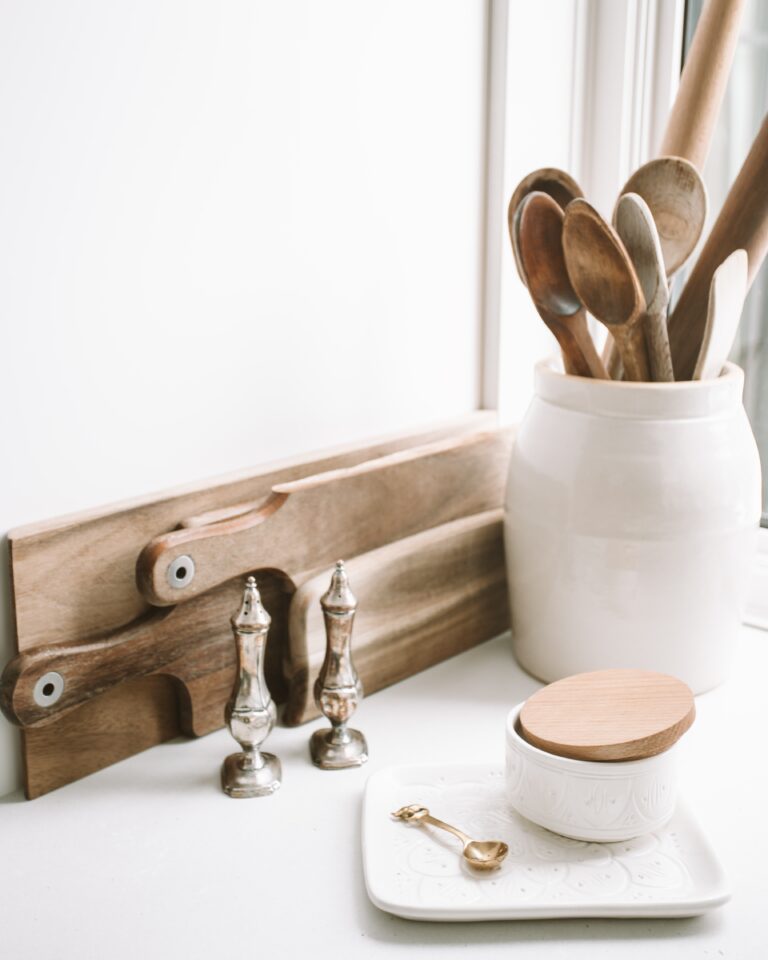
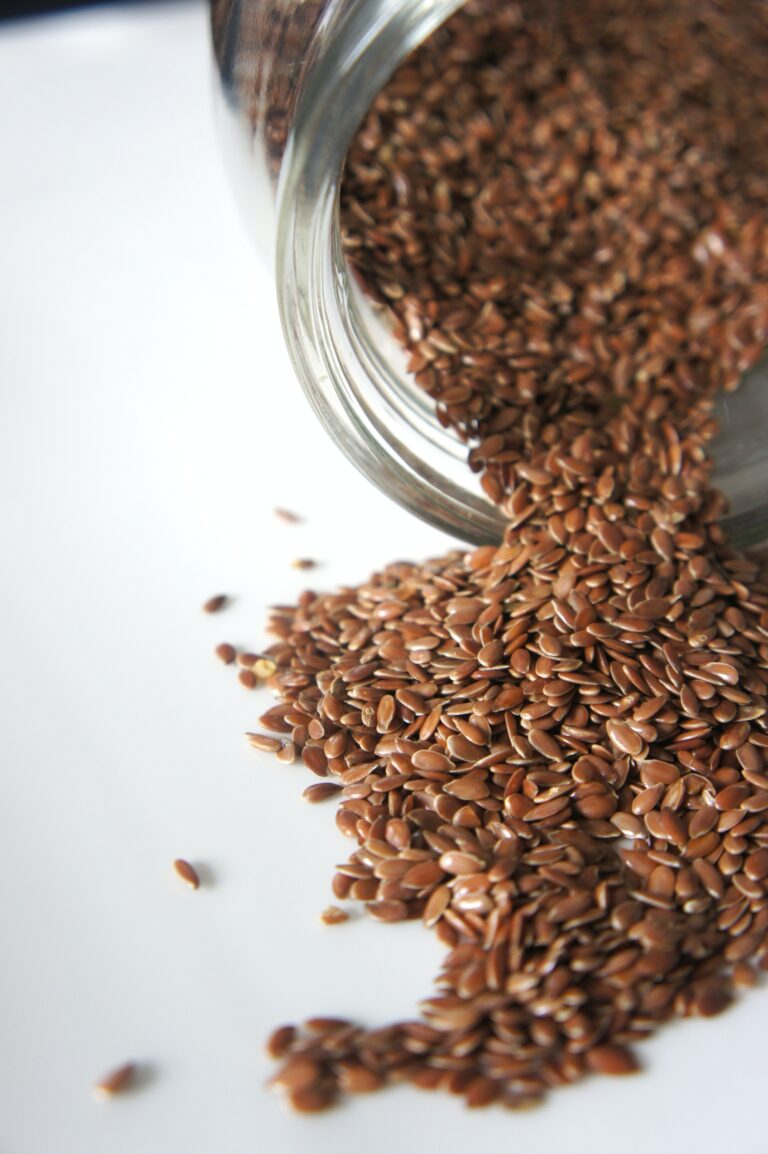
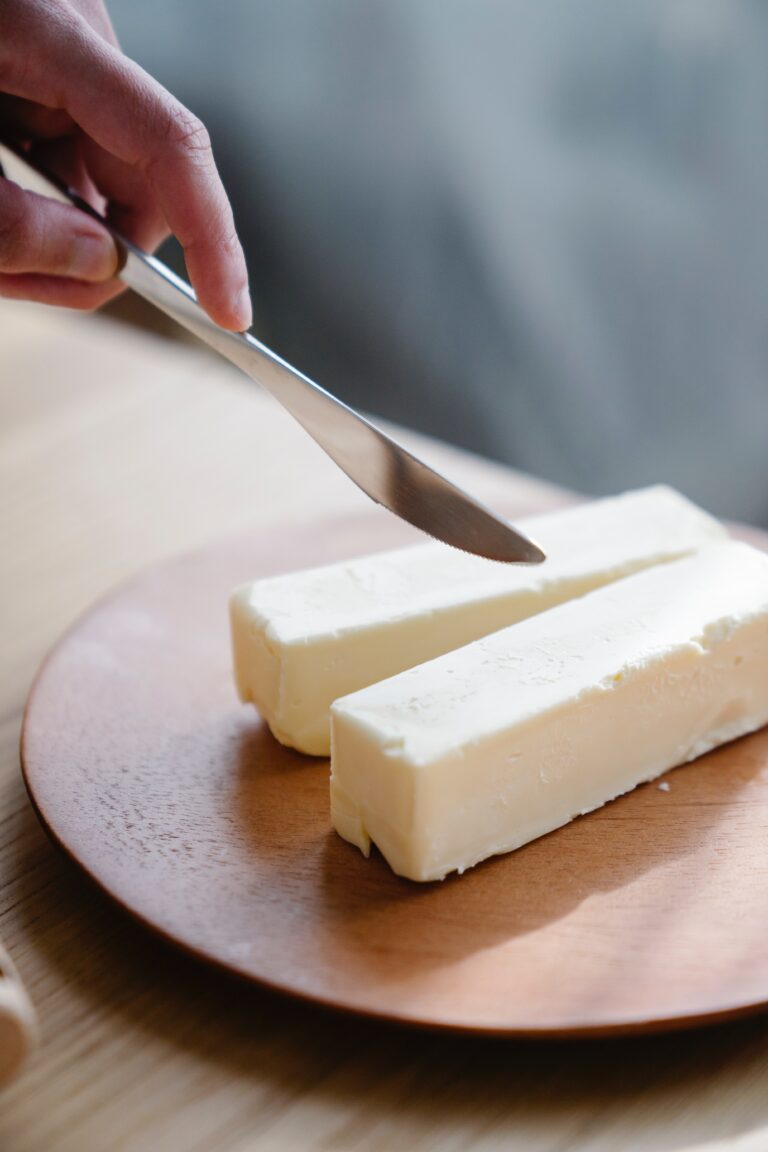
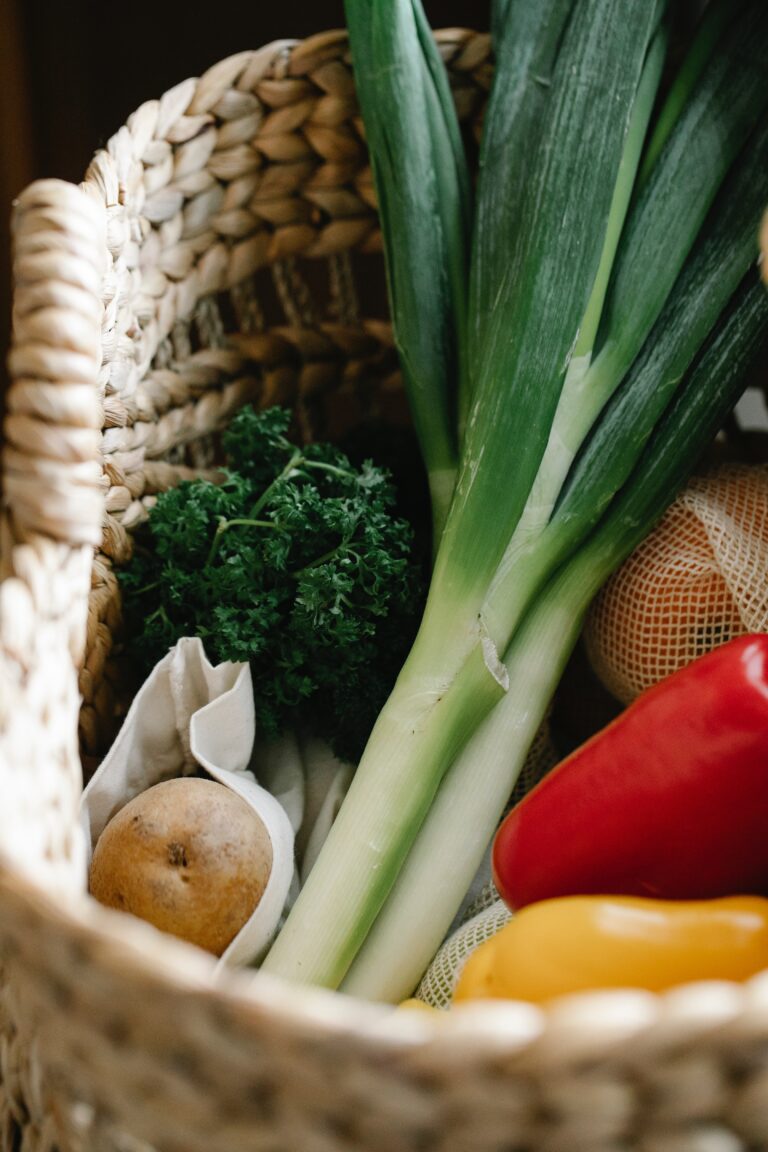

3 Comments